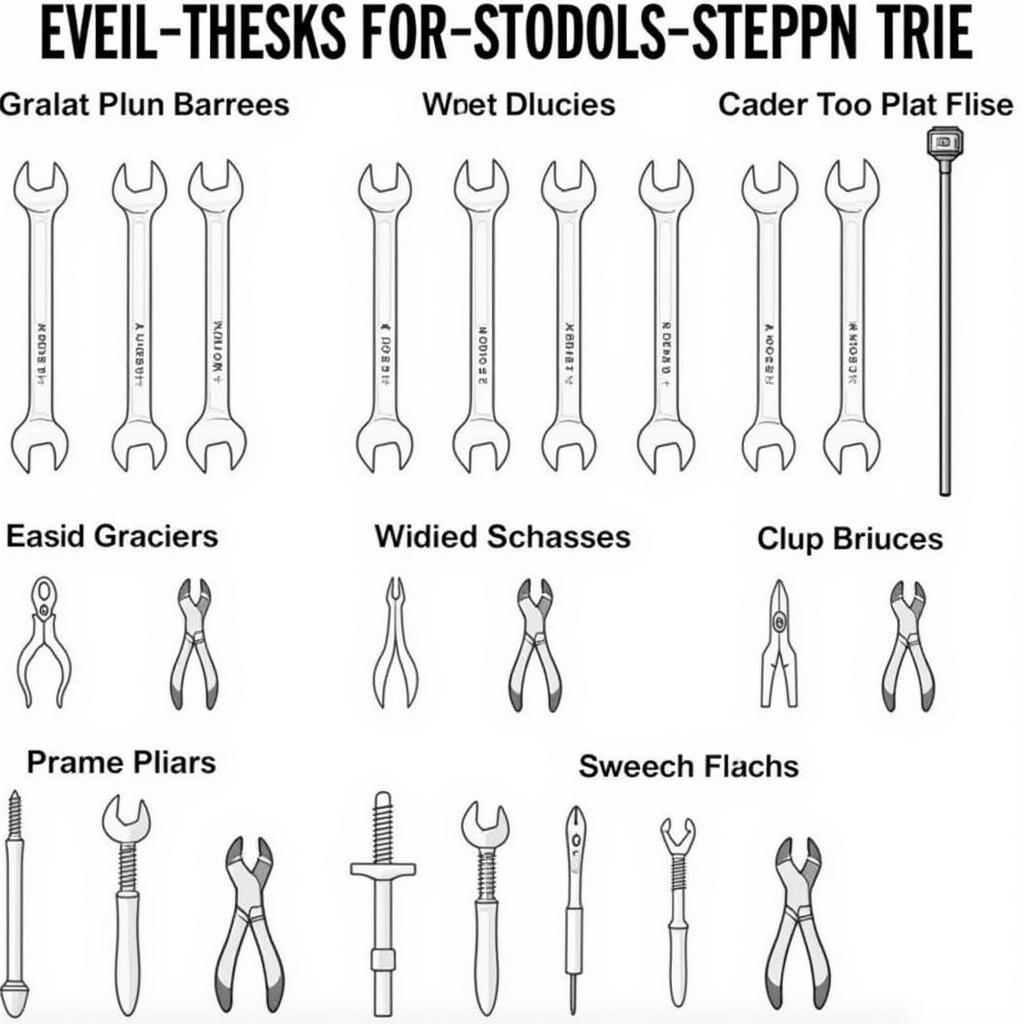The “Achieving The Asean Economic Community 2015 Pdf” keyword points to a user seeking a document summarizing the ASEAN Economic Community (AEC) blueprint envisioned for 2015. This article delves into the AEC 2015 goals, implementation, and lasting impact on Southeast Asia.
Understanding the ASEAN Economic Community (AEC) Blueprint 2015
The AEC 2015 blueprint aimed to establish ASEAN as a single market and production base characterized by the free flow of goods, services, investment, and skilled labor, as well as freer flow of capital. This ambitious goal, outlined in numerous documents and agreements, sought to transform Southeast Asia into a globally competitive economic powerhouse.
Key Pillars of the AEC 2015
The AEC 2015 blueprint rested on four key pillars:
- Single Market and Production Base: This pillar aimed to create a region where goods, services, investments, and skilled labor could move freely. It involved reducing tariff and non-tariff barriers, harmonizing standards, and facilitating cross-border trade.
- Competitive Economic Region: This focused on enhancing ASEAN’s competitiveness by promoting innovation, entrepreneurship, and small and medium-sized enterprise (SME) development. It also involved improving infrastructure and connectivity within the region.
- Equitable Economic Development: Recognizing the diverse economic landscapes within ASEAN, this pillar aimed to reduce development gaps and ensure that all member states benefitted from integration. It included initiatives to support less developed countries and promote inclusive growth.
- Integration into the Global Economy: The AEC 2015 blueprint envisioned ASEAN as a key player in the global economy. This involved strengthening ASEAN’s engagement with other countries and regions through free trade agreements and other forms of economic cooperation.
Implementation and Challenges of AEC 2015
Implementing the AEC 2015 blueprint was a complex undertaking involving numerous stakeholders across ten diverse member states. While significant progress was made in reducing tariffs and promoting trade facilitation, several challenges remained.
Non-Tariff Barriers and Harmonization
One major hurdle was addressing non-tariff barriers (NTBs), such as differing regulations and standards, which continued to impede cross-border trade. Harmonizing these regulations proved challenging due to varying levels of development and national interests.
Infrastructure Development
Another key challenge was the need for substantial infrastructure development, including transportation, logistics, and communication networks, to support seamless regional connectivity. Securing the necessary funding and coordinating cross-border projects required significant effort.
Capacity Building and Skill Development
Developing the necessary human capital to support a competitive economic region was another priority. This involved strengthening education and training systems, promoting skills development, and facilitating the movement of skilled labor within ASEAN.
The Legacy of AEC 2015 and Beyond
While the AEC 2015 blueprint was not fully realized by the target date, it laid the groundwork for significant progress in regional economic integration. The framework established in 2015 continues to guide ASEAN’s economic agenda, with ongoing efforts to address remaining challenges and deepen integration. The AEC has fostered greater economic cooperation, increased trade and investment flows, and enhanced regional competitiveness.
“The AEC 2015 blueprint was a bold vision that set the stage for a more integrated and prosperous Southeast Asia,” states Dr. Amelia Tan, a prominent economist specializing in ASEAN affairs. “While challenges remain, the progress achieved demonstrates the commitment of member states to working together towards a shared economic future.”
Conclusion
The “achieving the asean economic community 2015 pdf” keyword highlights a key milestone in ASEAN’s journey towards economic integration. While the 2015 blueprint faced challenges in its implementation, it paved the way for substantial progress and continues to shape the region’s economic trajectory. ASEAN remains committed to further deepening integration and building a more prosperous and interconnected Southeast Asia.
FAQ
- What was the main goal of the AEC 2015? (To create a single market and production base in Southeast Asia.)
- What were the four pillars of the AEC 2015? (Single Market and Production Base, Competitive Economic Region, Equitable Economic Development, and Integration into the Global Economy.)
- What were some challenges faced in implementing the AEC 2015? (Non-tariff barriers, infrastructure development, and capacity building.)
- Was the AEC 2015 blueprint fully realized by 2015? (No, but it laid the foundation for significant progress.)
- What is the lasting legacy of the AEC 2015? (A framework for continued economic integration and regional cooperation.)
- How does the AEC benefit ASEAN citizens? (Increased trade, investment, and job opportunities.)
- Where can I find more information about the AEC? (The ASEAN Secretariat website provides a wealth of information on the AEC.)
Need support? Contact us at Phone Number: 0369020373, Email: [email protected] or visit us at: Thon Ngoc Lien, Hiep Hoa, Bac Giang, Vietnam. We have a 24/7 customer service team.


